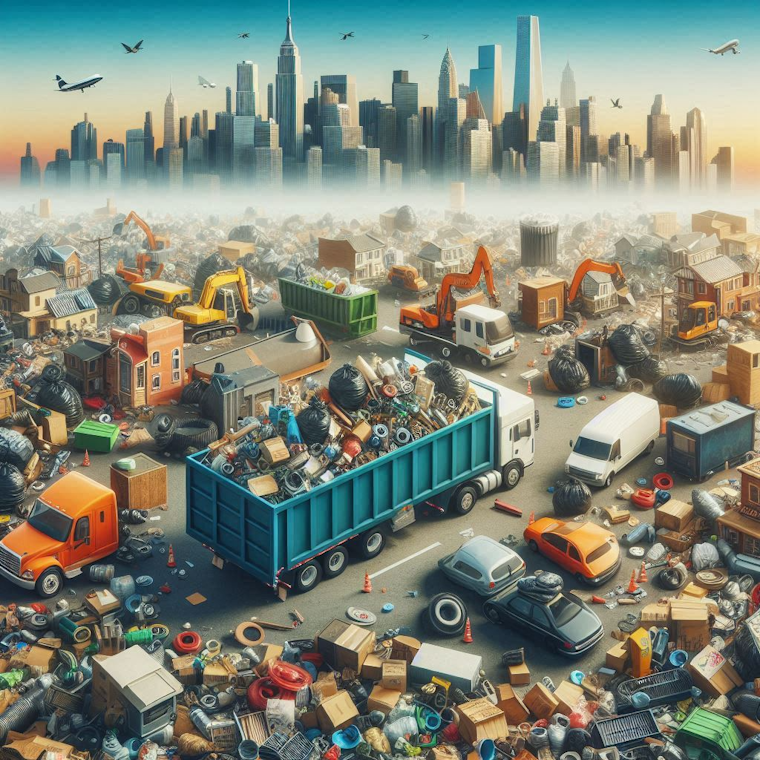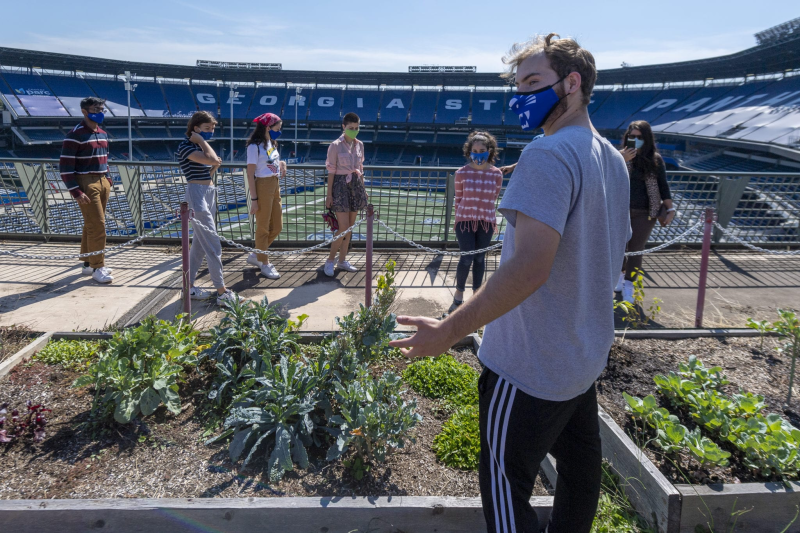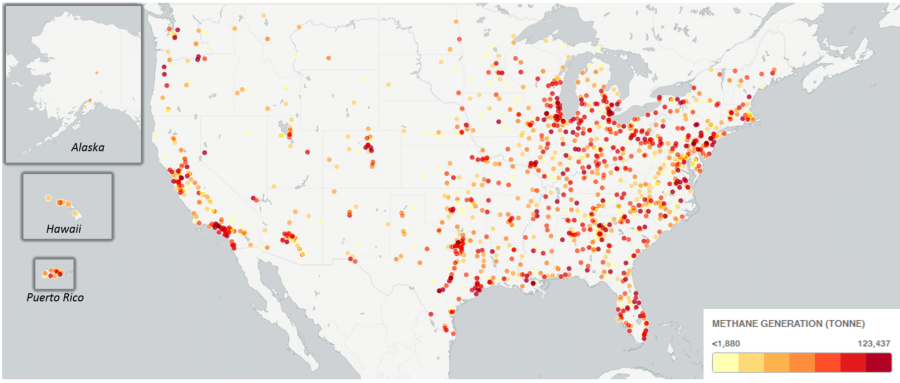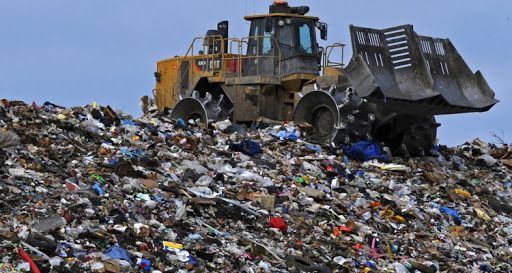
Municipal waste, which is solid waste produced by households, businesses, and organizations within a particular area, represents a major problem for urban and rural societies.
South Carolina, like much of the nation, is under pressure to find ways to manage a growing waste stream sustainably without unduly harming the environment and public health. So let’ discuss the current state of waste management at the municipal level across South Carolina, some of the continued obstacles being faced in managing waste, and exciting new approaches to leadership in waste management.
Municipal Waste in South Carolina
Annual South Carolina Municipal Solid Waste generation In recent years, nearly 4.8 million tons of municipal solid waste (MSW) was generated in South Carolina, according to the South Carolina Department of Health and Environmental Control (SCDHEC).
The materials in the waste stream range from plastics and paper products to metals, food waste, yard waste, and glass. Residential waste is a large part of this, as is commercial and institutional waste.
The state’s population boom and economic growth also would increase waste generation. Urban areas such as Charleston, Columbia, and Greenville are especially burdened, as they produce greater amounts of waste due to more densely populated areas and bustling business districts. This expansion puts pressure on existing waste management systems, and requires innovative solutions to manage the amount produced.
Problems in Municipal Waste Management
Addiction to Landfill and Capacity Challenges
Landfills are in high demand for waste disposal in South Carolina. The state has a lot of landfills, but many of them are just running out of room. New landfills frequently face community opposition over aesthetics and environmental concerns. Urban sprawl also increases the costs of hauling waste to landfill sites, which are located further from the urban centers.
Low Recycling Rates
Even with initiatives aimed at encouraging recycling, South Carolina has lower recycling rates than the national average. This challenge is exacerbated by contamination in recycling streams, a lack of public awareness, and limited access to recycling facilities. This is especially true of rural areas where the complexities of collection and processing present challenges for recycling.
Assessment of environmental and health impacts
This can have grave consequences for the environment, thus leading to polluted soil and water, greenhouse gasses that are emitted as organic material rots, and more pests. These issues have an outsized impact on low-income and marginalized populations and address concerns about environmental justice.
Changing Composition Of The Waste Stream
Shifting consumer habits have changed the makeup of the municipal waste stream. The e-commerce boom has led to more packaging waste, and advances in technology have brought increasing volumes of electronic waste. These are trends that imply the need for adaptive waste management systems.
Effective Waste Management Strategies
South Carolina has pursued several strategies toward its municipal waste challenges:
Universal Recycling Programs
The state has announced measures to enhance recycling options and increase public participation. “Because of this, programs such as the Recycle Right SC campaign help residents to better understand what items are recyclable and how it works. Local governments also partner with private recycling companies to spend on better infrastructure and efficiency.
Waste Reduction Policies
And policies that promote upstream prevention of waste, like single-use plastic bans in some municipalities, are on the rise. These measures reduce the generation of waste and alleviate the environmental cost caused by non-biodegradable materials.
Composting Initiatives
In South Carolina there is an increased interest in composting for organic waste management. Composting facilities are being created by municipalities and community organizations to prevent food and yard waste from going into landfills. There are models for scalable organic waste management, such as Charleston County Compost.
Waste-to-Energy Projects
WTE technologies are being researched as a landfilling alternative in South Carolina’s more fulminant regions. Instead of sending waste to landfill, these systems can turn it into energy that we can reuse.
Public-Private Partnerships (PPPs)
The work of public agencies and private waste management companies in partnership has been essential in improving waste collection and recycling services. This way, PPPs can work together in sharing resources, technology in terms of innovation, and integrating in order to save costs.
New Trends and Future Directions in Waste Management
Rethinking Waste Management in South Carolina
Some cities like Conway are testing smart waste collection systems with sensors to optimize collection routes. Such systems also decrease fuel and operating costs.
The state is also looking at new recycling technologies, including chemical recycling, that could solve some of the problems with hard-to-recycle plastics. These solutions will be developed in partnership with research institutions and startups.
The Management of Municipal Waste in South Carolina
Despite the fact that the state is dealing with serious issues like dependence on landfills, low recycling rates and changing waste streams, there are proactive – and innovative – steps in the right direction toward sustainability, including better dumpster rental service. A focus on waste minimization, better recycling and new technologies will reform South Carolina’s systems to serve communities and environment better.








 Elected officials, institutions, health professionals, associations and citizens can promote training and information to improve awareness of environmental health and waste management concerns:
Elected officials, institutions, health professionals, associations and citizens can promote training and information to improve awareness of environmental health and waste management concerns:

